In Malaysia, we have dressmakers and tailors galore who charge very affordable prices to make garments. The tailor I used to go to charges RM20-40 for her labour-which in Aussie dollars is a mere AUD 7-15! If you want something made up, you go to a dressmaker down the road. In Australia however, dressmakers charge by the hour, and labour is expensive, so if you want something made, you have to fork out big time, or, buy a commercial pattern in your size, and sew it yourself.
Coming to Adelaide, I discovered the wonderful world of ready made commercial patterns. There are four main companies producing patterns-Vogue, Simplicity, McCall’s and Butterick-collectively called The Big 4. Fabric and haberdashery stores like Spotlight or Lincraft will have a browsing table with pattern books from the Big 4, as well as other smaller brands like Kwik Sew and Burda. You choose your pattern, your size, note the number and go to the counter and ask for your pattern. The store will have all of the patterns in different sizes in stock filed in filing cabinets. They find that particular pattern number, fish out that pattern, and walla! It’s yours. Pattern prices range between AUD5-25, Vogue being the most expensive.
In Malaysia, commercial patterns aren’t available, and most people aren’t aware of them. Home sewers draft their own patterns using the oriental method, from which they make all their clothes. They start with a dress block of their measurements, which is a bodice and skirt block combined, from which they draft all other patterns. It’s a versatile method-no tissue fitting for every new garment design, and cheaper besides.
When I first came here, I never thought to pick up sewing. But since I was given the sewing machine, and Wyld Man said that I could have an overlocker, I tried my hand at sewing and garment construction and got hooked. However, I remember my mom making her garments from her own dress block, which I didn’t have. So I bought some commercial patterns to try out. But for every different outfit that you want, you needed to purchase a different pattern, a habit that can get expensive, and I’d rather spend my money on fabrics. I decided to learn to draft my own patterns instead, and bought Winifred Aldrich’s Metric Pattern Cutting for Womenswear as well as Dorothy Moore’s Pattern Drafting and Dressmaking book. However, I wanted still wanted some design inspiration-as those books had some rather outdated designs.
I used to walk into Spotlight and stayed an hour just to browse the pattern books. Those books were often at least an inch thick-with about 500-700 pages of designs. I loved looking at the design elements of each piece and studying the technical drawings. I was very happy to find that Lincraft sold out of season pattern books for only AUD5 each. I went and got as many as I could carry home-7!

McCalls, Butterick, Simplicty, Vogue and Burda
Some of them were Spring/Summer collections, the others were Winter/Autumn.

Cocktail dresses

Evening dresses

Jeans patterns

Jackets and blazers
Most pages had a textbox with information pertaining to sizes and yardage required for a particular design.

Winter coats

Some maternity designs

More evening dresses

Children's patterns

Even costumes
Except for the evening dresses, most of the tops, skirts, pants and dresses I can draft with the help of my pattern drafting books-so I won’t need to buy more commercial patterns. However, I do keep a lookout for difficult patterns or patterns for evening gowns in opshops. This is one which I picked up for a dollar.

STYLE evening gown pattern
For the benefit of those back in Malaysia, I will proceed to explain what is in a commercial pattern.
Patterns come in a paper envelope with the photo or illustration of the design in front, and sizing and yardage requirements on the back.

Sizing, finished measurements, required yardage and notions.
Some patterns come with multiple design variations, and each design is called View A, View B, View C etc.
Inside the envelope, you get a design sheet, and an instruction sheet.

Instruction sheet
The instruction sheet gives an overview of pattern pieces you need to cut, sewing instructions and construction sequence.

Pattern sheet
The pattern sheet is a huge piece of tissue paper with pattern pieces printed on it which you cut out. Seam allowances are usually included, as well as darts placements and markings which you transfer to your fabric.

Instructions on pattern pieces
Each pattern piece is numbered, with instructions for cutting the number of pieces.
Most patterns nowadays are multisized, meaning that you have to choose a size for yourself out of a range of sizes printed on the pattern paper.
Although I was very excited when I first came and discovered commercial patterns, I’ve quickly found that not all the sizing is accurate-the bust may be too big, the length too long, the sleeves may be too large-which can only be resolved with making a test garment and tissue fitting. Aside from that, I’ve mentioned earlier that it can be an expensive habit if you want a range of designs for your garments.
But having learnt how to draft patterns and having thos 7 humongous pattern books, I have the best of both worlds. I have technical drawings to base my drafts on, my garments made on my personal block fits me perfectly, and I don’t have to pay everytime I need a new design.









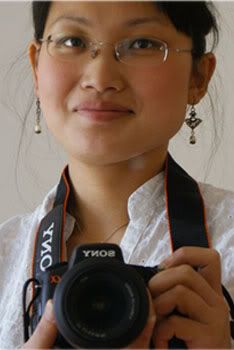
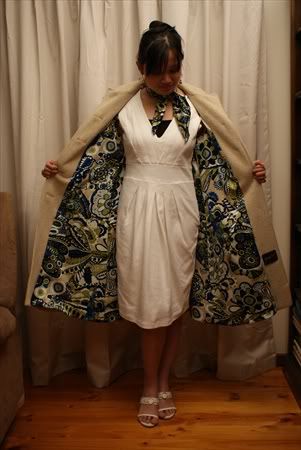
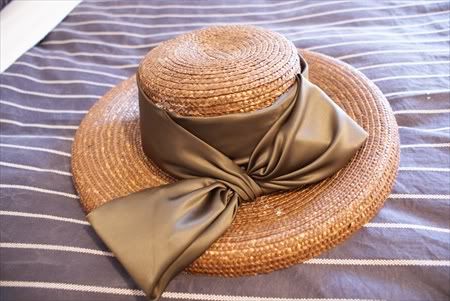
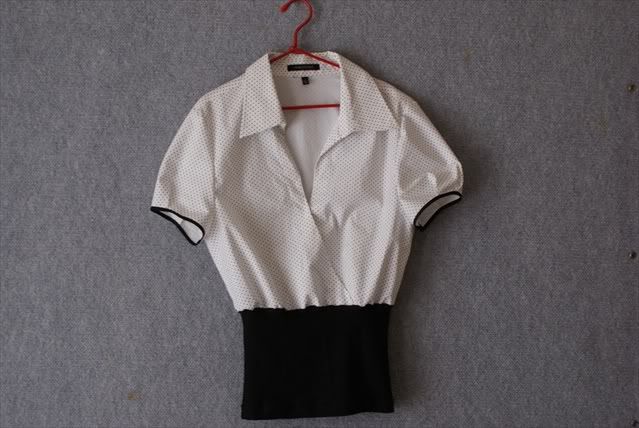
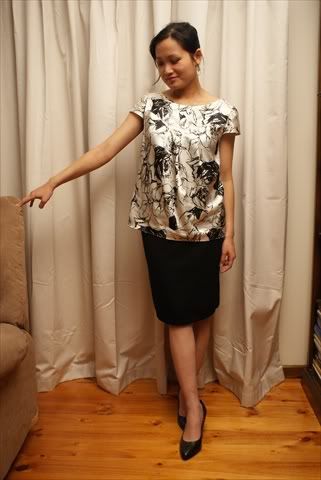
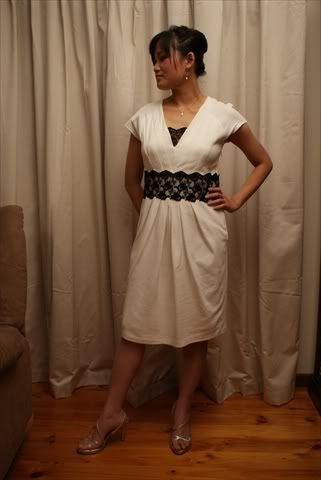
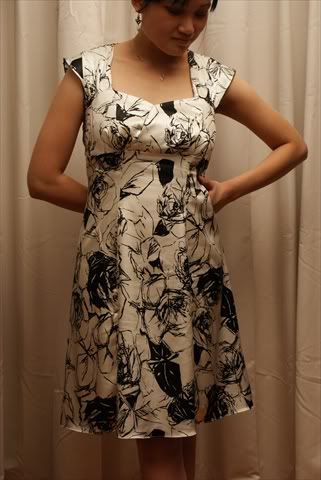
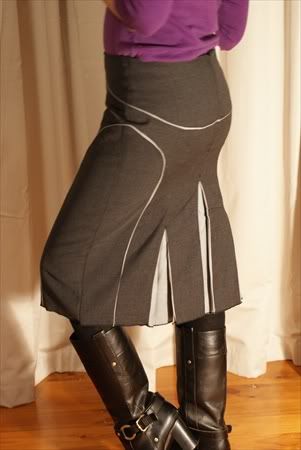
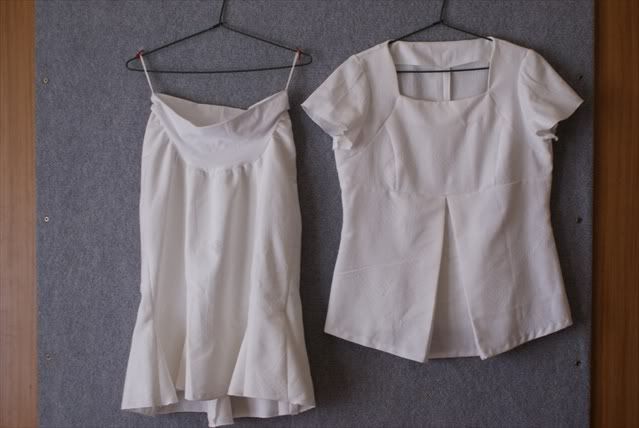
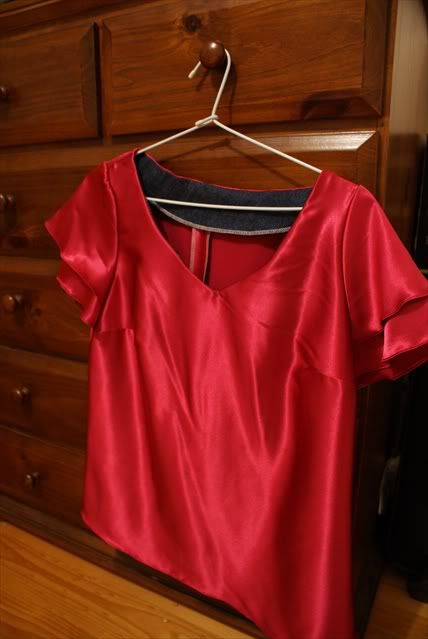
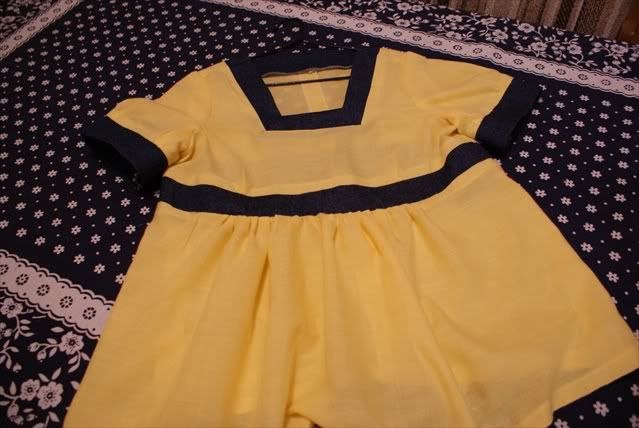
Recent Comments